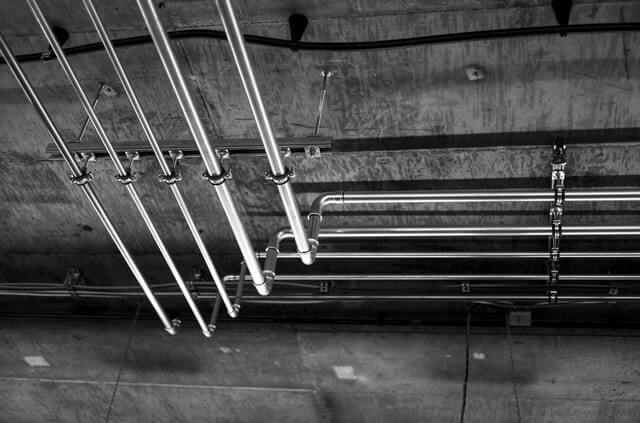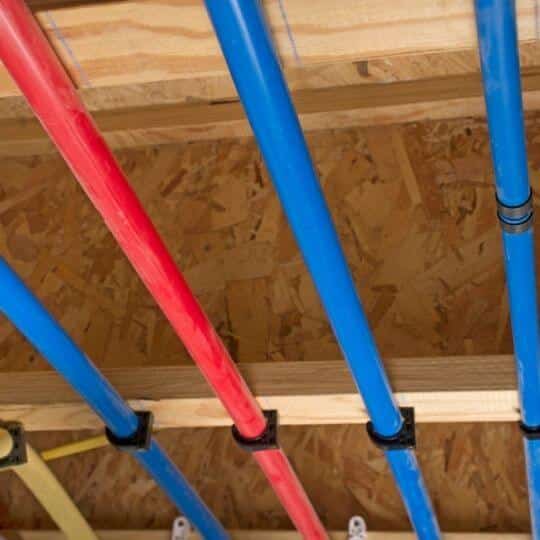Your home may benefit greatly from sump pumps. They shield you from sewage backup, prevent basement flooding, and may even raise the value of your home. Sump pump failure is rare, but it may happen sometimes.
But why do sump pumps malfunction? And why do they inflict the harm they are meant to prevent to your home? Understanding why sump pumps fail might help you avoid problems and protect your house from damage.
Understand how sump pumps work first
A sump pump works in a fairly straightforward manner. Usually installed in the basement, a sump pump is a fixture that eliminates water from your home.
The pump activates as it fills and propels the water via pipework away from the home’s foundation. If the pump breaks down, you can be left with stagnant or tainted water that could harm your foundation and spread disease. [1]
10 Reasons of Sump Pump Failure
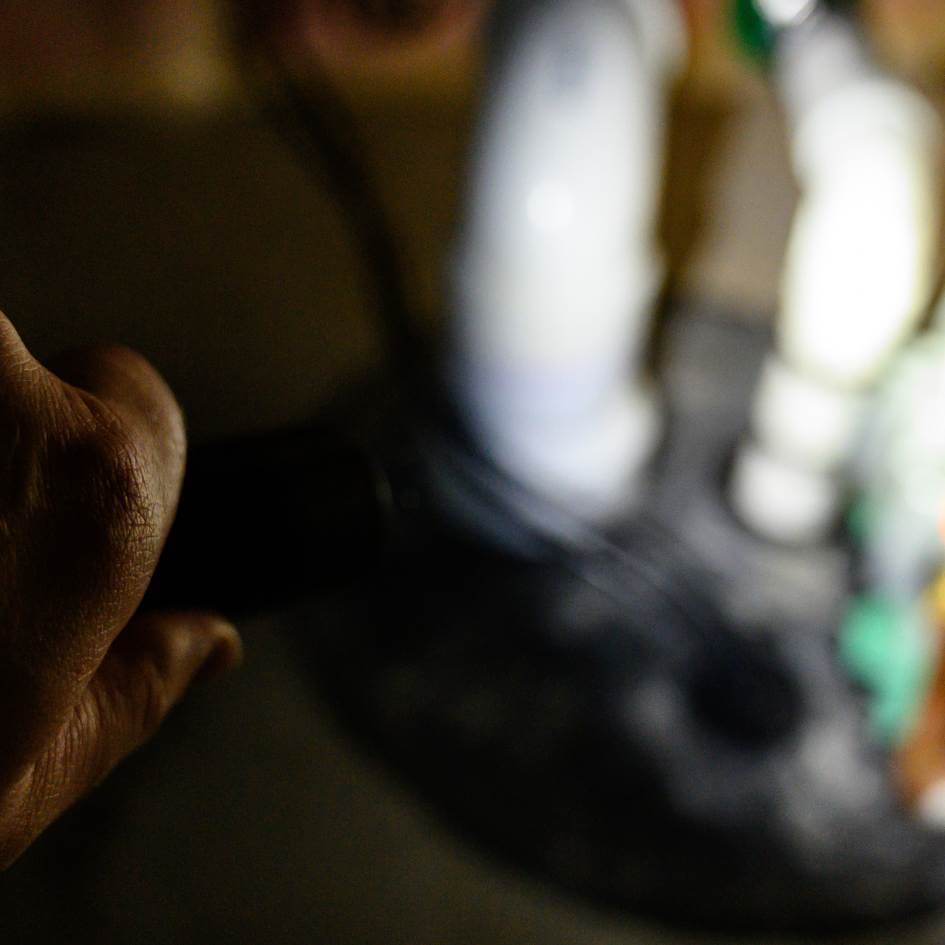
There are many distinct causes of sump pump failure. Here are some of the most frequent causes of sump pump failure.
- Power Failure
A power interruption brought on by inclement weather or a storm is the most frequent cause of sump pump failure. Your home provides the power needed for sump pumps. So these blackouts can be troublesome. The best defense against power outages, which occur at random, is to have a backup generator.
- Lack of maintenance
If your pump suddenly stopped functioning, it probably only required a thorough cleaning and periodic maintenance. However, to extend the lifespan of your sump pump, you must hire someone to do routine maintenance. You can try cleaning your sump pump with a vinegar solution if it isn’t functioning now.
- An unresponsive switch
A blocked switch is one of the most typical mechanical issues with sump pumps. When the pump shifts inside the basement, the float starts the pump, which causes this issue. The float could become worthless if some debris gets lodged underneath it. Cleaning up and making a few tweaks to your pump can cure this.
- Frozen discharge pipe
Water will run back down the pipe and flood your basement if your sump pump discharge pipe is frozen or clogged with debris. Although you can’t stop your pipes from freezing, you can build a pipe that discharges water even if the main line is frozen.
- Improper Installation
Sump pumps are rarely installed incorrectly, but if you can’t figure out why your pump isn’t working, this could be the reason. Several problems might arise from improper installation. Here are a few typical installation issues and their effects:
- The discharge line’s check valve is not installed. Without a check valve, the pump sounds like it is running but won’t actually be pumping.
- The discharge line’s diameter is wrong. For most pumps, releasing pressure from the discharge pipe requires a small air-relief hole in the line.
- The pump is positioned in gravel or soil. Gravel and dirt can get inside your pump, clog it up, damage it, or mess with the float alarm.
- Wear and tear
Your sump pump will ultimately fail due to years of use and wear, just like most devices. A sump pump lasts, on average, eight to ten years. Although some pumps can last longer than this, it is advised that you replace your pump after 10 years to guarantee efficiency and safety. [2]
- Overworked pump
In a variety of circumstances, your sump pump may become overworked. An inadequate or damaged sump pump is frequently caused by overload. A large water inflow, a low pump power rating, and a short sump pit are all potential causes of this. Stuck switches or damaged check valves are further contributing factors.
- Burned out pump
If the load isn’t reduced, a pump that’s been overworked could simply burn out. Normally, a sump pump only activates when necessary. But, in the event of a malfunction, during a flood or period of severe rain, it may operate continuously. If so, there is a good probability that the pump will eventually burn out.
- Clogged sump pump
There is a good probability that dirt will quickly build up in your sump pit if it isn’t covered with a lid, clogging your system. Unplug the device and examine the openings if your sump pump is blocked. If something is obstructing the entrance, remove it.
- An unreliable drainage system
Your basement must have a drainage system that is fully functional and correctly constructed to ensure that your sump pump operates well. With gravity, it gathers water and empties it into the sump pit.
Even if the pump functions properly, water won’t drain if your drainage system is blocked, damaged, or improperly constructed. Check your drainage system if your sump pump appears to be functioning properly, but your basement still has water in it.
Typical signs of sump pump issues
- Although the sump basin is full of water, the pump does not operate.
- The pump’s performance is decreased, and water is removed slowly.
- Despite the empty basin, the pump runs too frequently or nonstop.
- You hear loud or odd noises when the system is running.
- The sink quickly refills.
Troubleshooting sump pump failure
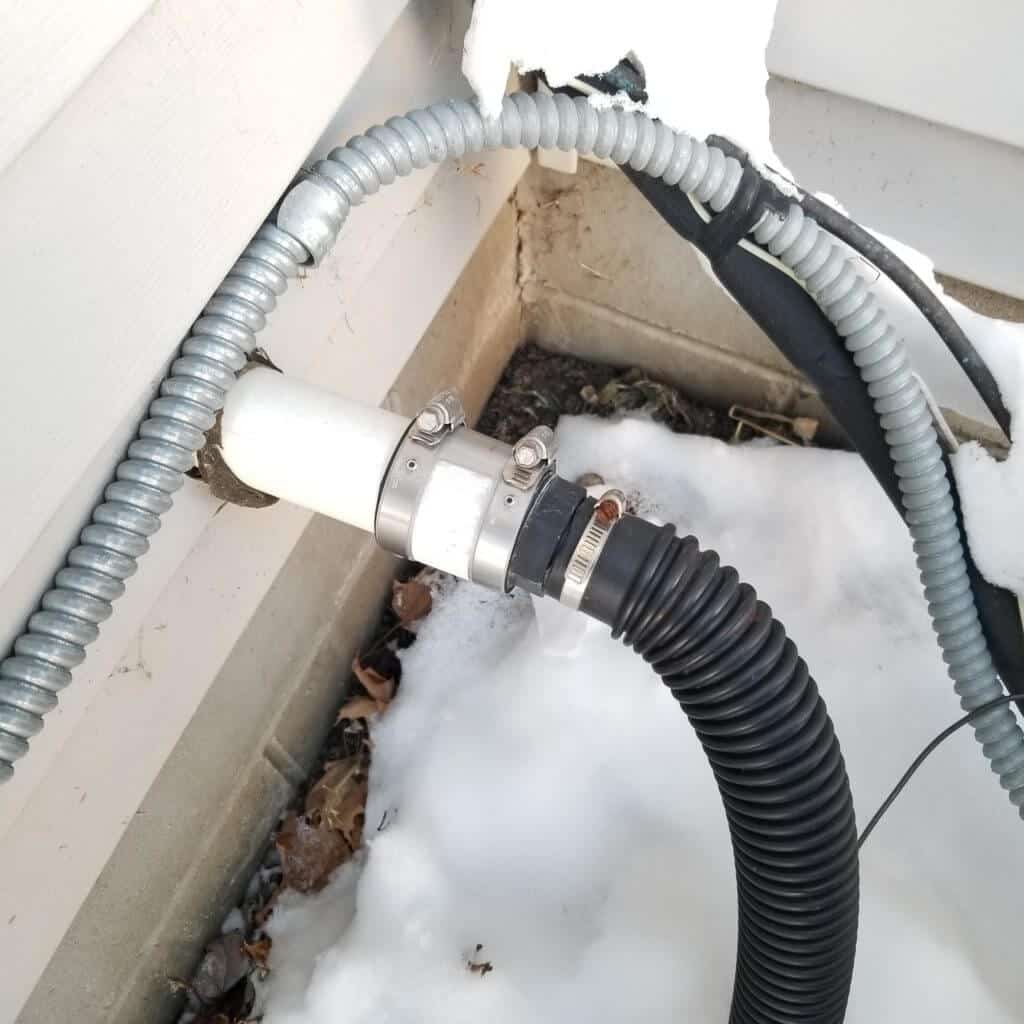
- Examine the power source: By inserting another device into the sump pump’s socket, you may quickly determine if it is live. If you can activate that, you can be certain that the pump is also receiving electricity, indicating that there is another factor responsible for the failure.
- Check if the float switch is jammed: A float switch that gets stuck is a relatively frequent issue. The float typically becomes stuck when it moves from its initial position in the sump basin or when the debris is in the pit. Check whether the float may move freely as a second step.
- Examine the Drain Pipe: The pump won’t be able to drain the water from your basement if the output pipe is blocked or frozen. Verify that the pipe’s aperture is unblocked and that no debris or ice is inside.
A completely working check valve that stops water from returning to the pit should be installed in the discharge line. If that valve is damaged, the pump might not be able to drain the hole of water, which would cause it to run excessively frequently or continuously.
Most discharge pipes also feature a tiny air relief hole readily blocked and can cause failure. When troubleshooting, don’t forget to check it out.
Examine the sump pump for obstructions: The next step is determining whether the device’s inlet is obstructed. If that occurs, the pump could be easily overwhelmed by a lot of rain since it can’t handle the volume of water.
Confirm that the sump pump is the right size: Perhaps your sump pump is functional but lacks the necessary capacity. You may need additional power to keep your basement from flooding. You should purchase a more powerful pump that meets your demands if that’s the case.
What to do if you’re sump pump fails?
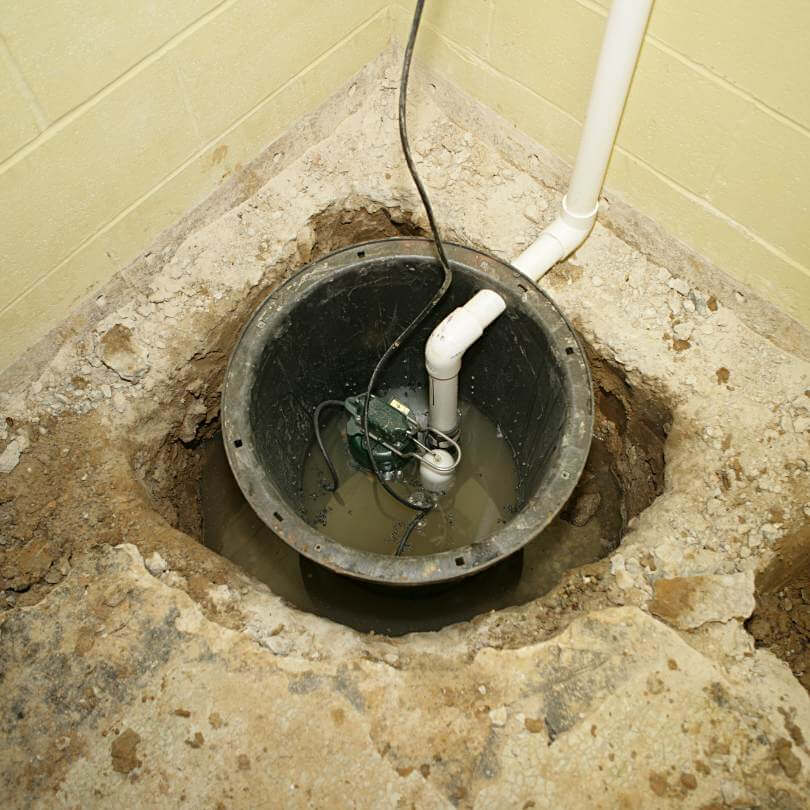
While it’s true that some problems are unavoidable, you may increase the lifespan of your sump pump and spare yourself a lot of hassle if you utilize your appliance properly and don’t neglect maintenance.
Although you should always adhere to the manufacturer’s maintenance instructions, several fundamental suggestions will typically assist you in avoiding failures.
- Get a backup sump pump
- Regularly remove dirt, sand, and gravel from the sump pit.
- Maintain a clean drainage system and check that water enters the pit properly.
- Check to see that the discharge pipe isn’t frozen or obstructed.
- Test your sump pump regularly by slowly pouring some water into the sump basin. If the float switch rises, the sump pump should turn on. After that, the pump ought to drain the water basin and shut off by itself.
- Check to see if water flows back into the pit; if it does, there may be a damaged check valve.
Consider also installing a sump pump failure alert as an additional safety measure, which will assist you in spotting faults early. For example, the alarm will go off if your sump pump breaks down and water builds up in the pit before your basement floods.
Does flood insurance cover sump pump failure?

You will only be protected if you have water damage insurance or another endorsement that covers related damages if your sump pump unintentionally malfunctions and causes damage to your home.
In the event of a claim, policies frequently do not cover sump pump repair or replacement. However, you should always confirm with your provider to make sure.
Insurance companies will pay for damage brought on by water but not for harm that originated at the sump pump. Therefore, in addition to paying the deductible and replacing the sump pump, the homeowner is also liable for hiring a plumber to do so [3]
It’s all about maintenance.
Sump pumps are excellent home improvement structures. But if they are utilized improperly or without the proper precautions to prevent failure, you risk having a flooded basement and significant water damage. If a malfunctioning sump pump has caused water damage to your property, call a plumber right away to have them fix the problem.
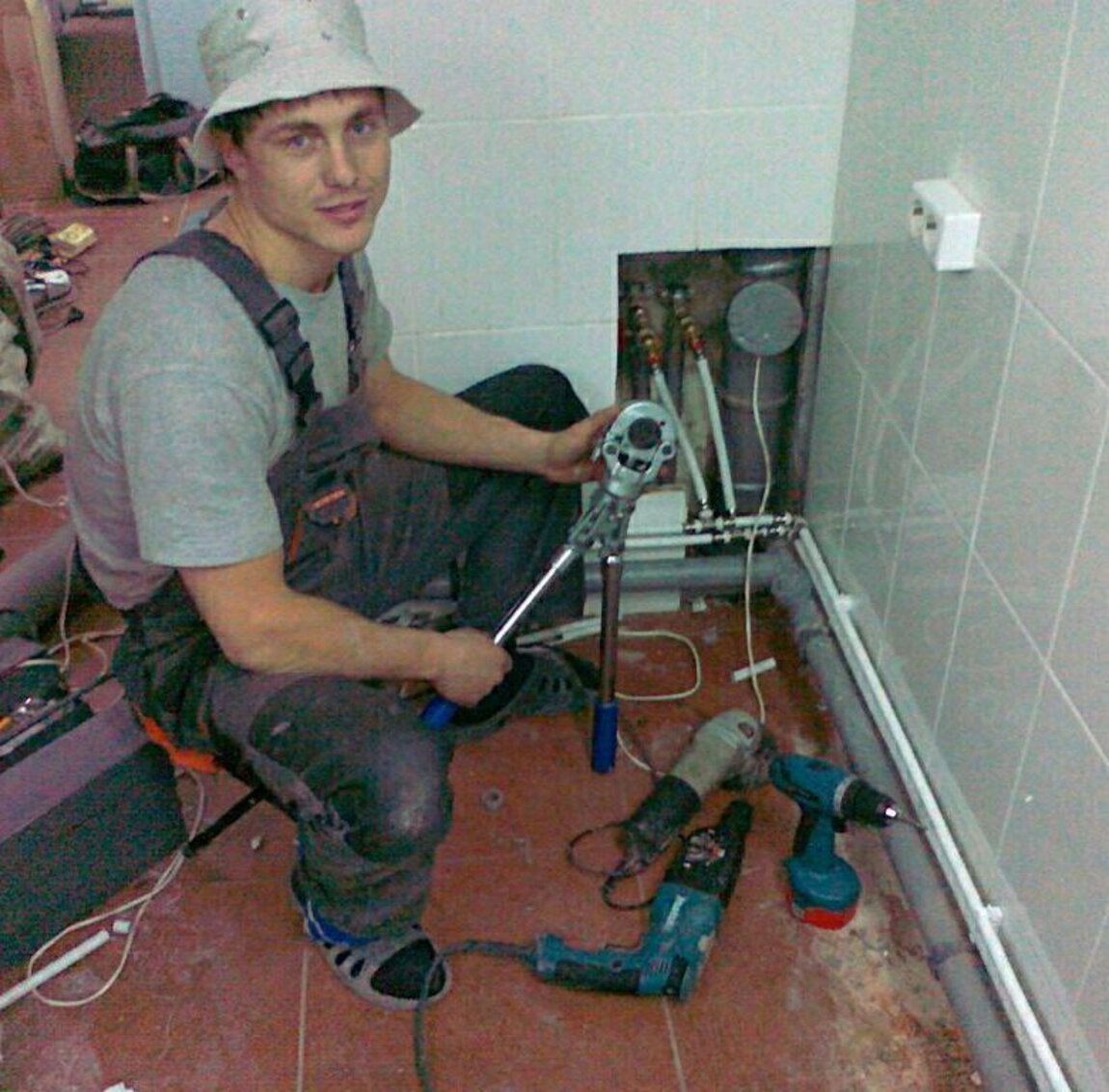
Michael Davis is a heating & plumbing expert who currently works as independent contractor in SC. He also writes for Plumbertip.
For almost 10 years he worked on various plumbing tasks across South Carolina.

